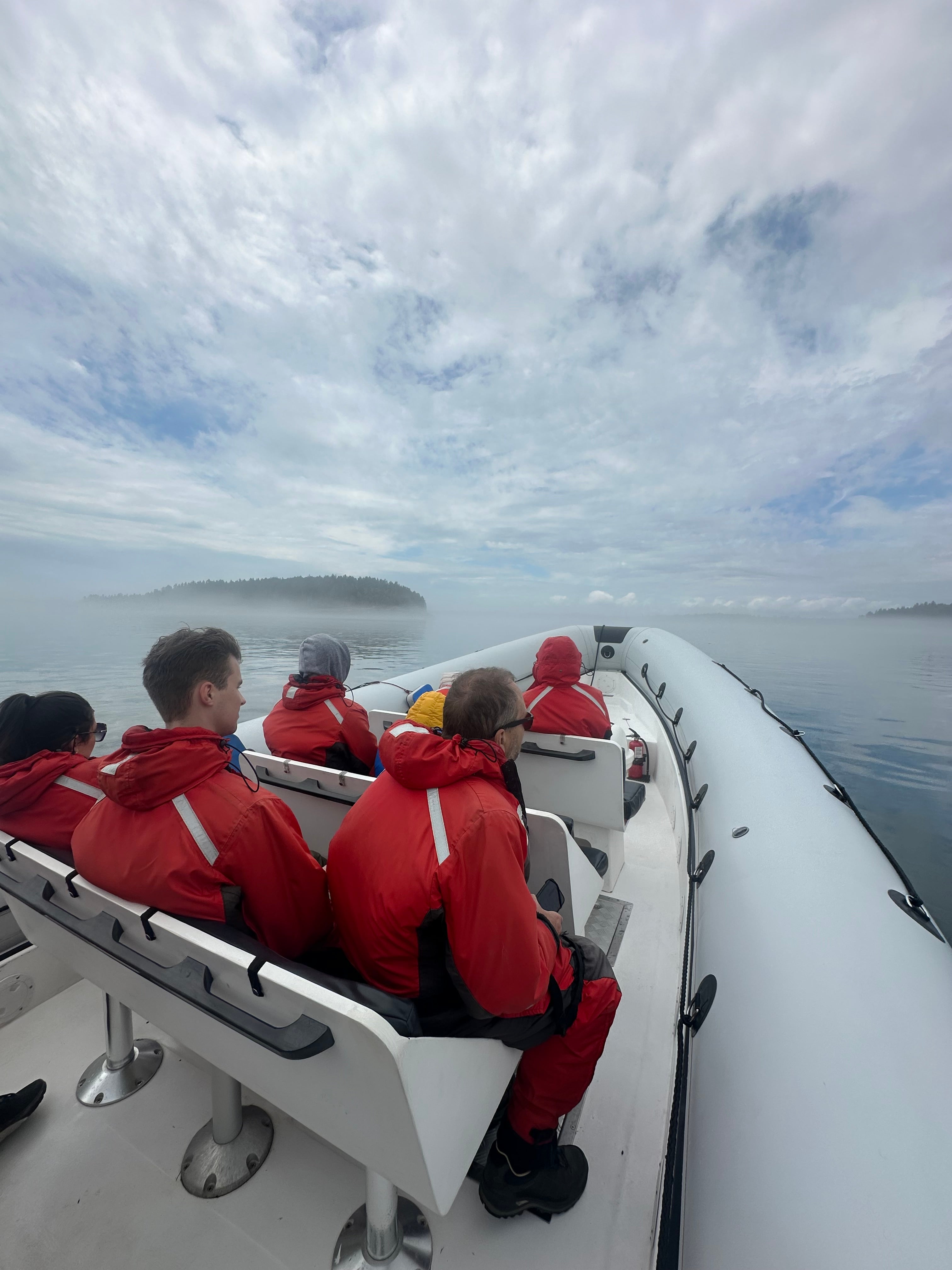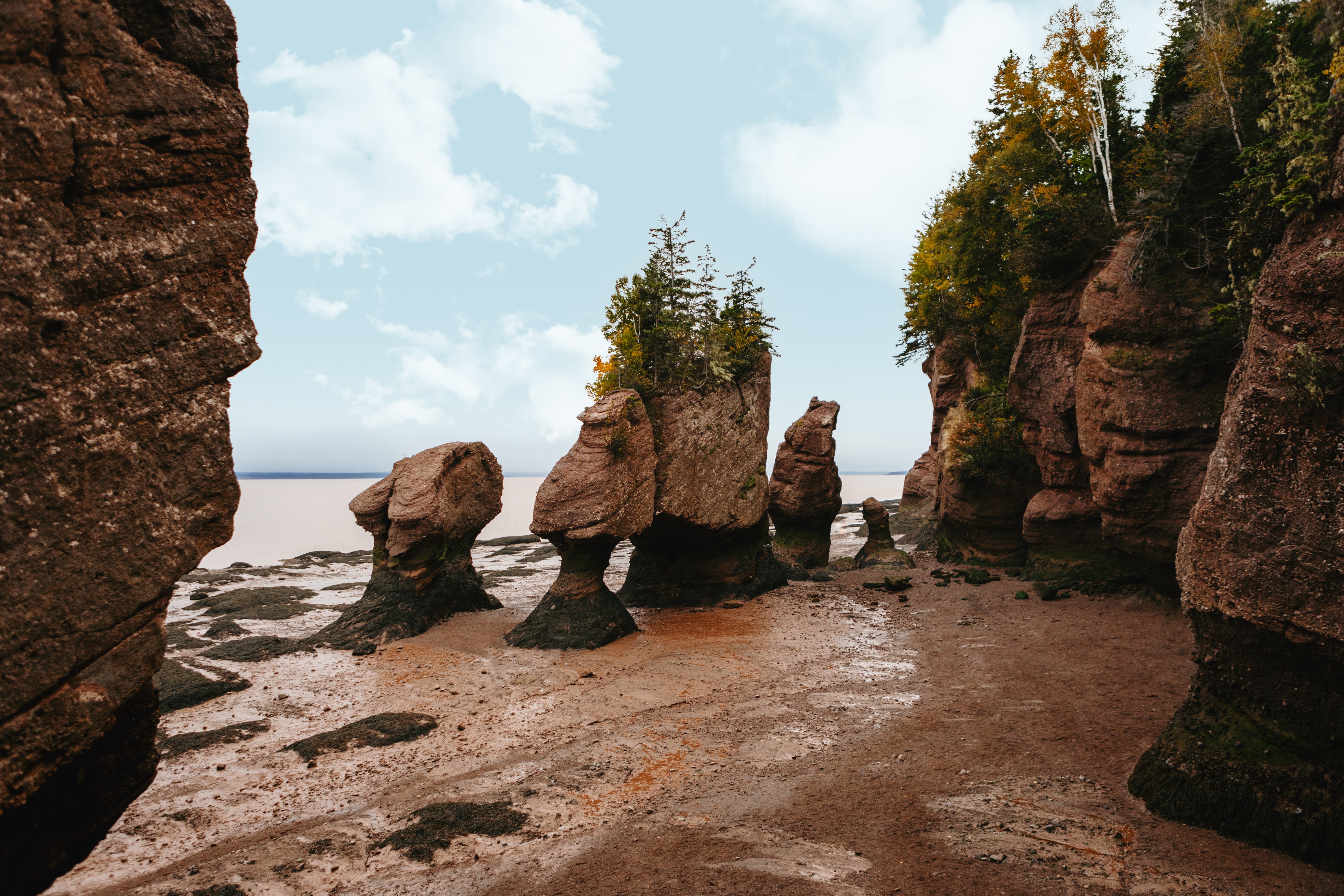A fin and the dark grey curve emerge from the water, ducking back down just as quickly. The pelting rain has given way to a misty sky, the light peaking through parting clouds, just in time for our small eight-seater boat to spot a minke whale.
We’re sailing through Passamaquoddy Bay, an inlet of the famous Bay of Fundy, straddling the border between Canada and the USA.
Part of the Maritime Provinces, New Brunswick – Canada’s only official bilingual province – is famous for its nautical culture, delicious North Atlantic seafood and its unusual oceanography. Yet surprisingly, compared to so many other natural wonders, it’s yet to receive many crowds and feels somewhat undiscovered by British tourists.
Only a six-hour flight via Halifax and blessed with increasingly balmy summers, that’s certainly set to change in the future.
During a VIP Zodiac boat tour ($99/£56) with Jolly Breeze Whale Adventures, setting off from the charming and pristine resort town of St Andrews by-the-sea, we watch whales, a huge colony of seals basking and swimming in the sun, and an eagle perched on a red spruce tree top long enough to get a good stare at its magnificence.

But this body of water is special for more than just wildlife.
Due to an unusual combination of the water’s natural rocking motion or resonance (known as a seiche) and the length and shape of the bay, the twice-daily high tide can rise 16 metres at the head – the height of a four-storey building – making these the highest tides in the world.
Read more on travel:
Hopewell Provincial Park (entry $15.85/£9) provides an ideal spot to witness the effect of this unique occurrence. At low tide the bay empties out as far as the eye can see leaving a huge mud flat, with a fascinating ecosystem. During mud shrimp mating season in the first two weeks of August, up to 50,000 sandpiper birds descend, explains our guide Joe. “It’s quite spectacular.”

But head down to the seabed after the water has swept out (at 9-10am it’s quiet) to walk the 1.2 mile stretch alongside the spectacular cliff face and coves. What’s known as ‘flower pot rocks’ – slim at the bottom and bulging out upwards, with trees growing on top – rise out of the sand…
Click Here to Read the Full Original Article at The Independent Travel…
